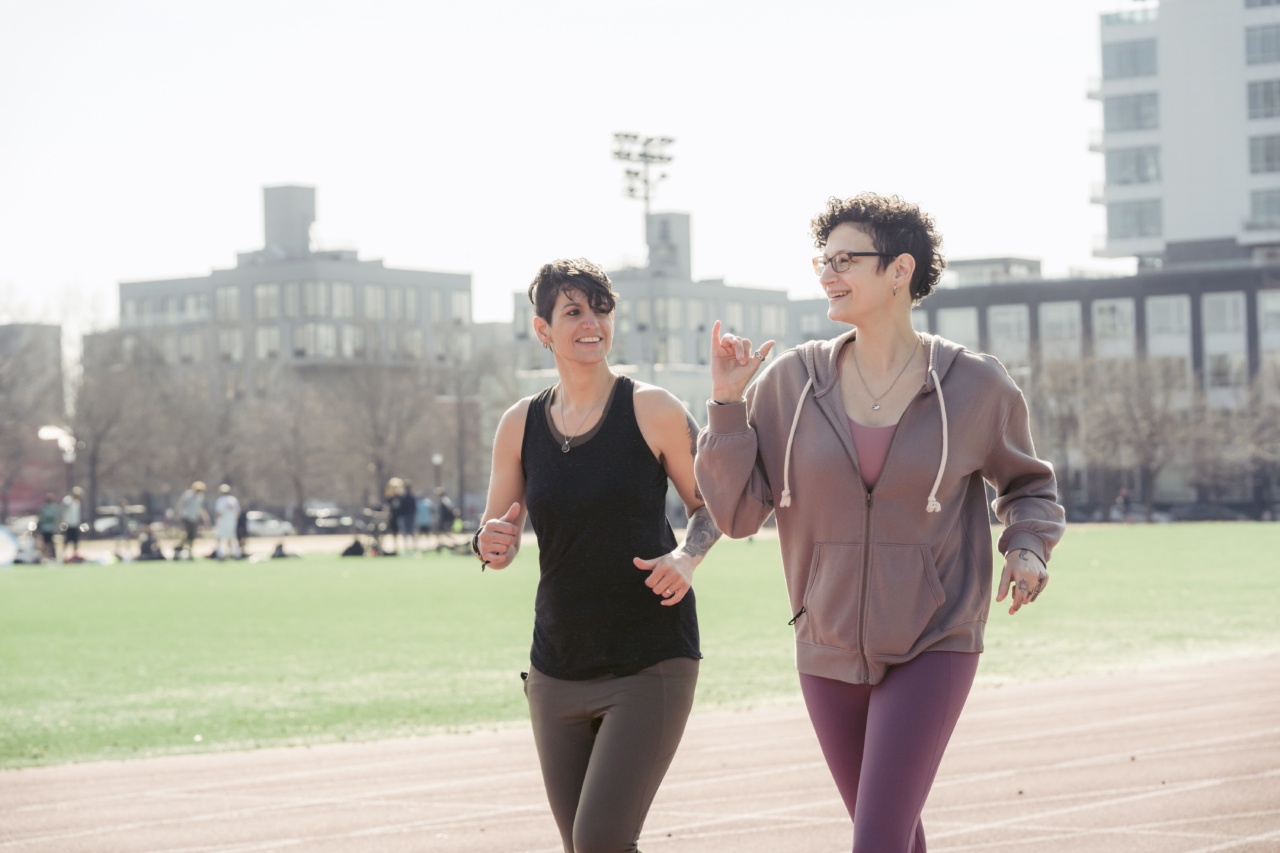Casual athletes engage in physical activity for enjoyment, good health, and socializing with friends and family. However, even mild exercise requires vigilance and attention to keep the body healthy and avoid injuries.
Casual athletes are not immune to health risks, and they should be aware of the potential health concerns that come with engaging in physical activities.
Overuse Injuries
Overuse injuries are one of the most common health concerns for casual athletes. These injuries are usually caused by repetitive motions, such as running or jumping, and can result in pain and inflammation.
Common overuse injuries include plantar fasciitis, tennis elbow, and Achilles tendinitis.
Preventing overuse injuries is crucial for casual athletes, and there are several ways to achieve this. Firstly, it is important to start slowly and increase intensity gradually, allowing the body to adapt.
Secondly, proper warmups and cooldowns are essential for minimizing the risk of injury. Lastly, stretching and strength training exercises can help improve flexibility and prevent overuse injuries.
Dehydration
Casual athletes, especially those who exercise outdoors, are at risk of dehydration. Dehydration occurs when the body loses more fluids than it takes in, causing an imbalance of electrolytes and impairing bodily functions.
Symptoms of dehydration include thirst, dry mouth, dark urine, and fatigue.
To avoid dehydration, casual athletes should drink plenty of fluids before, during, and after exercise. Water is the best choice, but sports drinks can be useful to replace electrolytes lost during intense exercise.
It is also important to avoid exercising during the hottest parts of the day and to take frequent breaks to rest and rehydrate.
Heat Illness
Similar to dehydration, heat illness is a concern for casual athletes who exercise in hot and humid conditions.
Heat illness occurs when the body cannot regulate its temperature efficiently, causing symptoms such as headache, dizziness, nausea, and confusion.
To prevent heat illness, casual athletes should avoid exercising in extreme heat and humidity. If exercise is necessary, it should take place during the cooler parts of the day and in shaded areas if possible.
It is also important to wear lightweight, breathable clothing and to take frequent breaks to cool down.
Cardiovascular Issues
Casual athletes who engage in high-intensity exercise may be at risk of developing cardiovascular issues, such as arrhythmias and heart attacks.
These conditions may occur due to long-term stress on the heart caused by intense exercise, especially in individuals with pre-existing heart conditions.
It is important for casual athletes to consult a healthcare professional before starting a new exercise routine, especially if they have a history of heart disease or other cardiovascular issues.
Regular check-ups and monitoring of heart function can help prevent cardiovascular issues from developing.
Foot Problems
Foot problems are common among casual athletes, especially those who engage in sports that involve running or jumping. These problems include blisters, corns, calluses, and ingrown toenails.
To prevent foot problems, casual athletes should wear proper footwear that fits well and provides adequate support. It is also important to keep feet clean and dry, and to trim toenails regularly.
If foot problems do occur, they should be addressed promptly to prevent further damage.
Joint Pain
Casual athletes may experience joint pain due to repetitive stress on their joints. This pain can be caused by conditions such as arthritis or bursitis, or it may be the result of overuse injuries.
To prevent joint pain, casual athletes should engage in low-impact exercises such as swimming or cycling. It is also important to use proper form when exercising to avoid undue stress on joints.
Finally, weight management can help reduce pressure on joints and prevent joint pain from developing.
Conclusion
Casual athletes may enjoy many benefits from physical activity, but they should be aware of the potential health concerns that come with it.
Overuse injuries, dehydration, heat illness, cardiovascular issues, foot problems, and joint pain are all common health concerns that affect casual athletes. By taking preventative measures and seeking treatment when necessary, casual athletes can enjoy safe and healthy physical activity.






























